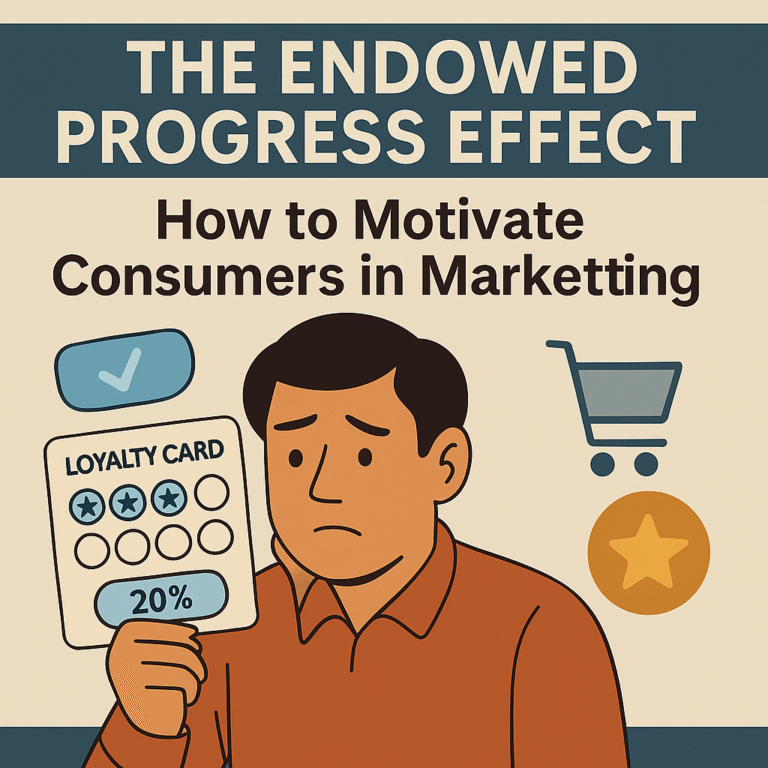Key Takeaways:
- A small head start can dramatically boost motivation. The Endowed Progress Effect demonstrates that even artificial progress enhances a user’s motivation to complete tasks.
- Progress visualisation enhances engagement. Tools like checkmarks, bars, and percentages make goals feel closer, driving consistent user action.
- Personalisation amplifies the effect. Tailoring progress based on user behaviour makes interactions more meaningful and effective.
- Misusing the effect can backfire. Unclear, generic, or overwhelming progress indicators may erode trust and decrease motivation.
What Is the Endowed Progress Effect?
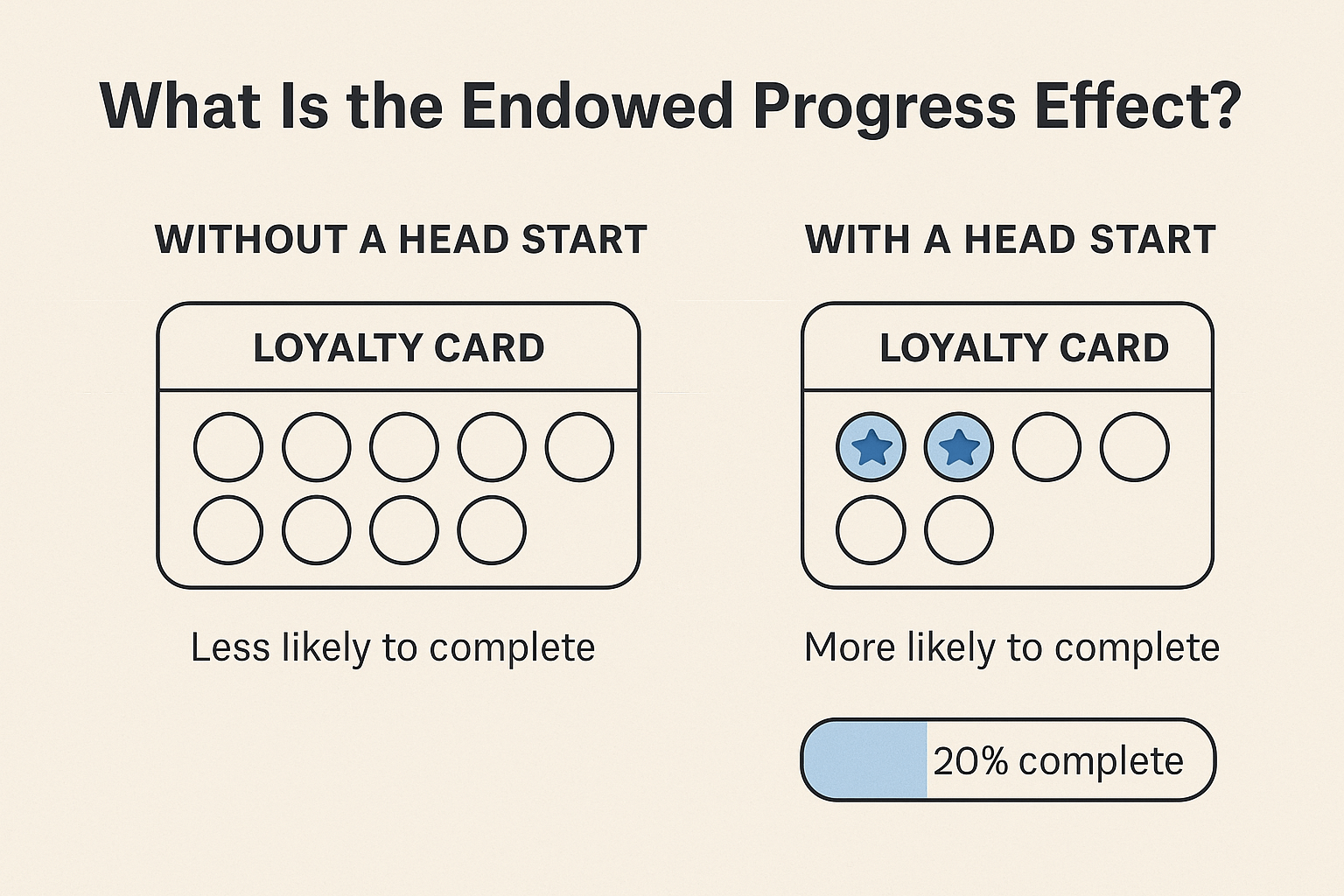
The Endowed Progress Effect highlights a captivating psychological insight: people are more likely to finish tasks when they believe they’ve already made some progress, even if that progress was simply given to them.
This straightforward yet impactful motivator can affect our behaviour. When a goal feels as if it’s already in motion, we tend to invest more in seeing it through. You can see this principle at work in loyalty programmes that kick off with initial points, or onboarding checklists that show a completion status of “20% complete” right from the start.
The concept gained prominence from a consumer study, which found that customers were more inclined to redeem loyalty rewards when their cards were pre-stamped. Even though the effort needed to earn the reward remained unchanged, the perception of having a head start made all the difference in their motivation.
Why does the Endowed Progress Effect Happen?

The Endowed Progress Effect is an idea that taps into various powerful psychological principles. Let’s take a closer look at how these principles boost consumer motivation and shape decision-making.
The Zeigarnik Effect
We often find ourselves more focused on unfinished tasks than the ones we’ve ticked off our list. When a goal feels almost within our grasp, even if it’s just an illusion, it sparks a thrilling wave of mental energy that drives us to cross that finish line.
Curious how this works in real campaigns?
👉 Read our in-depth guide on the Zeigarnik Effect in marketing and productivity.
Goal Gradient Theory
As we approach our goals, our excitement and efforts increase significantly. Giving users a helping hand provides a head start, which diminishes the feeling of the distance to success and boosts their motivation to forge ahead.
Expectancy Theory
There’s a certain empowerment that comes with belief. When we genuinely believe that success is within our reach, it boosts our motivation. Having a clear starting point makes the task feel less daunting and turns our goals into something we can realistically achieve. This is especially true in situations like onboarding new employees or creating rewards programs.
By harnessing these principles, businesses can craft engaging experiences that not only attract customers but also inspire them to take action!
Real-World Examples of the Endowed Progress Effect in Marketing
From loyalty schemes to onboarding processes, the Endowed Progress Effect is a compelling strategy for boosting user motivation and retention. Here’s how savvy marketers are making the most of this approach:
Loyalty Programs
Many loyalty programmes provide bonus points or pre-filled stamps to users who sign up. This initial perk creates a sense of involvement, which can significantly boost the chances of continued engagement. For example, Starbucks often awards stars to customers after their first purchase, even if made with a gift card, encouraging them to complete the rewards cycle.
SaaS Onboarding
Successful SaaS platforms often kick things off with onboarding checklists that come partly filled out the moment a user logs in for the first time. This helps ease any initial apprehensions, making it feel like the setup is already underway. For instance, tools like Asana and Grammarly show a progress status of “20% complete” right from the start, which gives users a sense of progress, even before they’ve properly explored the platform.
Gamification
Using abstract currencies like points, levels, and badges really boosts the feeling of progress. Apps such as Duolingo and Todoist turn tasks into a game, exciting users with visual indicators of their progress and rewarding feedback loops that keep motivation levels up.
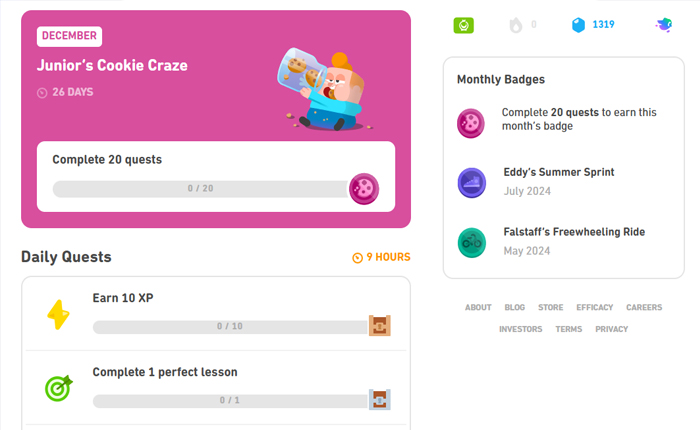
Fundraising and Campaigns
Nonprofits and crowdfunding platforms often highlight progress bars that show how close they are to their funding goals, with messages like, “Just £20 left to reach our target!” This approach empowers donors by illustrating how their contributions really make a difference, especially as the campaign inches closer to its goal. The nearer we get to the finish line, the harder it is to resist chipping in and helping to achieve that target.
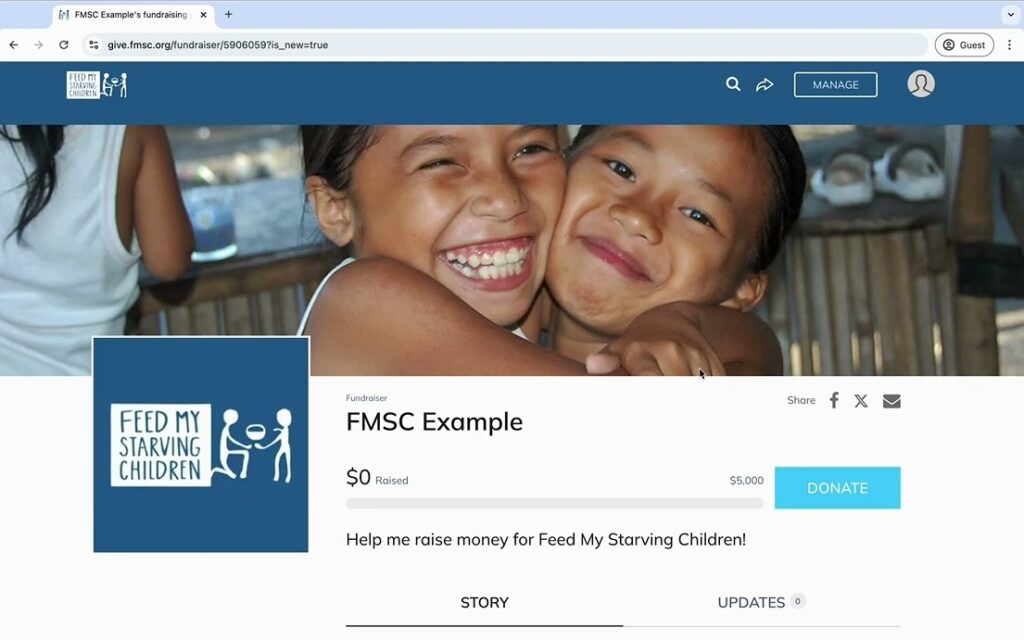
Best Practices for Using the Endowed Progress Effect in Marketing
The Endowed Progress Effect can truly transform marketing when used thoughtfully. Rather than randomly offering up arbitrary “head starts”, clever marketers apply this principle with intention, clarity, and relevance. Here’s how you can make the most of it:
Offer Users a Meaningful Head Start
Getting a head start feels so much better when it feels like it’s earned or tailored just for you. Think about framing bonus points or pre-filled steps as thoughtful gifts, exclusive rewards, or little tokens of appreciation. Justifying these perks a bit can boost their perceived value, making people much more excited to get involved.
Incorporate Visual Progress Indicators
Progress bars, checkmarks, and percentages aren’t just pretty to look at; they motivate us! It’s essential to allow users to easily track their progress, enabling them to see how far they’ve travelled and how much further they’ve to go. This clear visibility fosters a sense of urgency and maintains momentum.
Segment Goals into Manageable Steps
Breaking down larger tasks into smaller milestones makes them feel more achievable and can help ease decision fatigue. Whether you’re bringing a new user on board or guiding them through a campaign, it’s important to divide the tasks into bite-sized goals. This approach fosters a steady sense of accomplishment and maintains momentum.
Add Gamification with Abstract Rewards
Swap out raw numbers for points, badges, or stars to track your progress. These abstract metrics significantly enhance engagement, making users feel more invested rather than merely going through the motions.
Clarify the Reason Behind the Progress
Without proper context, progress can seem a bit random or even a little manipulative. It’s important to explain to users why they’re getting a boost. Messages like “Thanks for joining us early!” or “You’re off to a brilliant start!” help to promote authenticity and strengthen trust.
Personalise the Experience
Create progress pathways that are tailored to users’ behaviours or demographics. For example, a returning user may find different “quick wins” than a first-time visitor. Personalisation enhances engagement and makes the experience feel more relevant, which can significantly improve follow-through rates!
| Actionable Tips for Using the Endowed Progress Effect in Marketing | |
|---|---|
| Best Practice | Why It Works / How to Apply |
| Offer a Meaningful Head Start | Frame bonuses or pre-filled steps as gifts or exclusive perks. A small justification boosts perceived value and motivates users to engage. |
| Incorporate Visual Progress Indicators | Use checkmarks, progress bars, or percentages. Visual cues help users track progress and feel closer to completion, enhancing motivation. |
| Segment Goals into Manageable Steps | Break big tasks into smaller, achievable steps. This reduces decision fatigue and promotes a steady sense of accomplishment. |
| Add Gamification with Abstract Rewards | Replace plain numbers with points, badges, or stars. Gamification keeps users engaged and adds emotional investment to their progress. |
| Clarify the Reason Behind the Progress | Always explain the logic behind the boost (e.g., “Thanks for signing up early!”). Context adds transparency and builds user trust. |
| Personalise the Experience | Customise progress paths based on user behaviour or demographics. Tailored quick wins make the experience feel relevant and boost follow-through rates. |
Common Mistakes to Avoid When Applying the Endowed Progress Effect
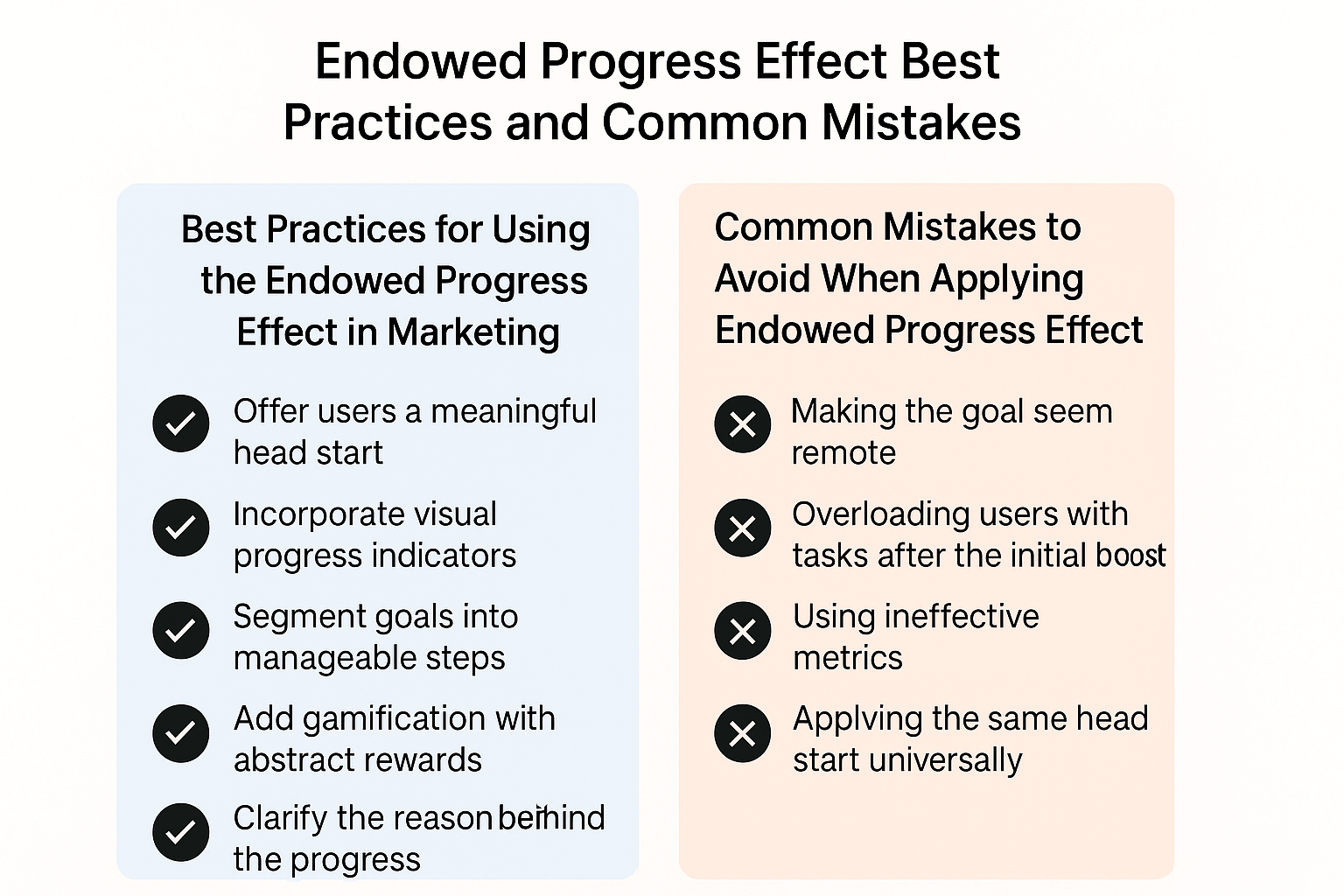
The Endowed Progress Effect is a powerful concept, but it needs to be used thoughtfully and clearly. If misused, it can lead to confusion, erode trust, or even have negative consequences. To ensure your approach engages rather than alienates your audience, here are some common pitfalls to avoid:
- Making the goal feel out of reach: A slight jump-start won’t be effective if the end goal seems too distant or overwhelming. Steer clear of progress indicators that show something like “5% completed” for a substantial reward.
- Bombarding users with tasks after the initial boost: Progress should help remove hurdles, not create a daunting pile of tasks. Break the journey down into manageable steps that users can realistically tackle.
- Relying on meaningless metrics: If your points, stars, or badges don’t offer genuine value, users are likely to lose interest. Ensure that progress is tied to tangible outcomes or meaningful feedback.
Conclusion
The Endowed Progress Effect is more than just an interesting psychological concept; it’s a genuinely effective strategy for boosting customer motivation and engagement. By giving users a tangible initial advantage, businesses can build the momentum needed to encourage action. Whether you’re crafting an onboarding experience or a loyalty scheme, thoughtfully weaving this idea into your marketing strategy can significantly enhance customer retention over the long haul.
FAQ
The Endowed Progress Effect is a psychological concept that suggests individuals are more inclined to finish a task if they believe they’ve already made some progress, particularly when that progress has been somewhat artificially assigned. This principle is frequently harnessed in marketing, especially within loyalty programmes or onboarding experiences, to enhance motivation and engagement right from the outset.
Marketers can create a positive impact by offering users a “head start.” Think pre-filled checklists, bonus points, or even visible progress bars. These approaches help lessen the perceived effort, boost emotional engagement, and ultimately contribute to higher user retention and conversion rates.
It’s important not to make initial progress seem insignificant, as this can overwhelm users with tasks right after their boost. Instead, focus on personalising their experience, and ensure that progress indicators feel genuine and attainable for the best results.

